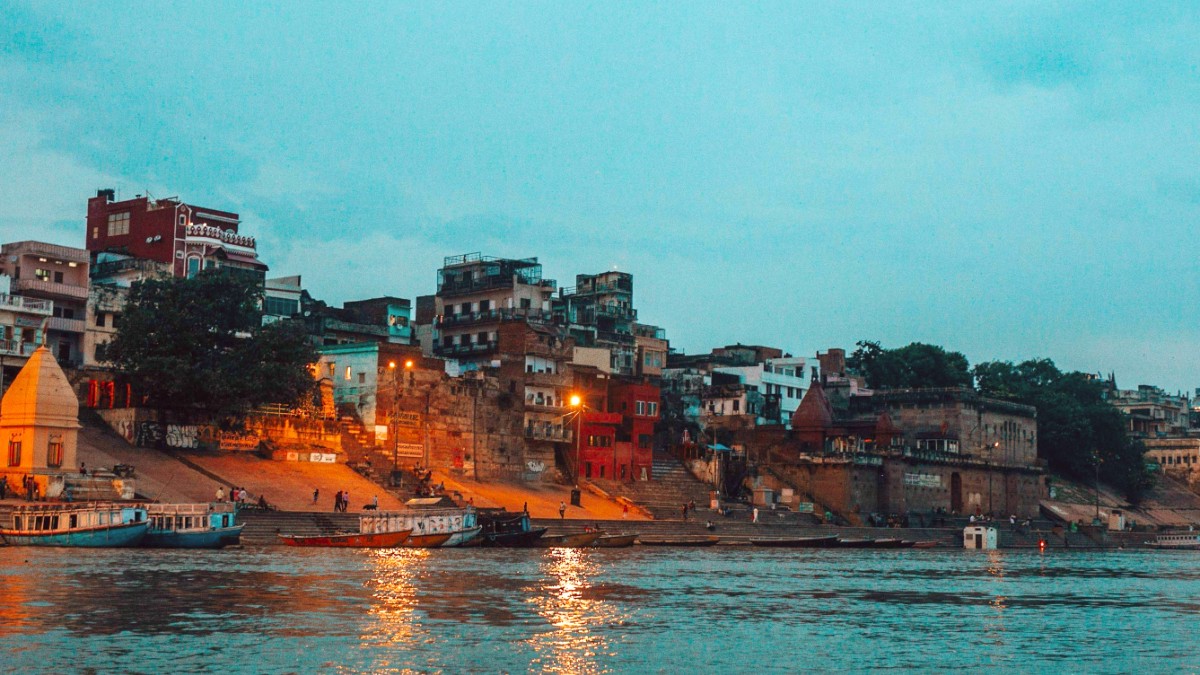
Uttar Pradesh, India
The city operates a local bus network. These buses are often crowded and do not always follow strict schedules, making them less convenient for most tourists. They connect major points and localities within the city.
Varanasi does not have a metro or tram system. Formal, clear route maps for city buses are limited and often not easily accessible to tourists. Major bus hubs include the areas around Varanasi Junction railway station, Godowlia, and Lanka.
Connects major points within the city; often crowded.
Formal route maps are scarce for tourists. Ask locals for guidance.
Fares are very inexpensive, paid in cash to a conductor.
Less common for short rides; negotiate fare before starting.
Ola and Uber are highly recommended for price transparency.
Cash or in-app payments for Ola/Uber.
Share ride details for app-based services.
Rental options in Varanasi are generally limited for self-drive, with preferences leaning towards chauffeur-driven vehicles or local transport.
Traditional tour buses are not common within Varanasi due to narrow lanes.
Traditional wooden boats serve as the main "water taxis" for sightseeing along the ghats.
Varanasi is generally not accessible for travelers with mobility challenges due to steps and uneven alleys.
For efficient and safe travel, use app-based auto-rickshaws for most city distances and cycle-rickshaws for the narrow lanes of the old city.
Auto-rickshaws offer flexibility and are readily available throughout the city.
Good for most routes.
Cycle-rickshaws offer a traditional, slower pace for exploring the ancient alleys.
Traditional and eco-friendly.
Boats on the Ganges offer unique perspectives of the ghats and daily life.
Essential for spiritual immersion.
For efficient and safe movement around Varanasi, prioritize app-based auto-rickshaws (Ola/Uber) for most city distances.
For the unique and dense old city lanes, cycle-rickshaws offer an authentic and practical way to explore.